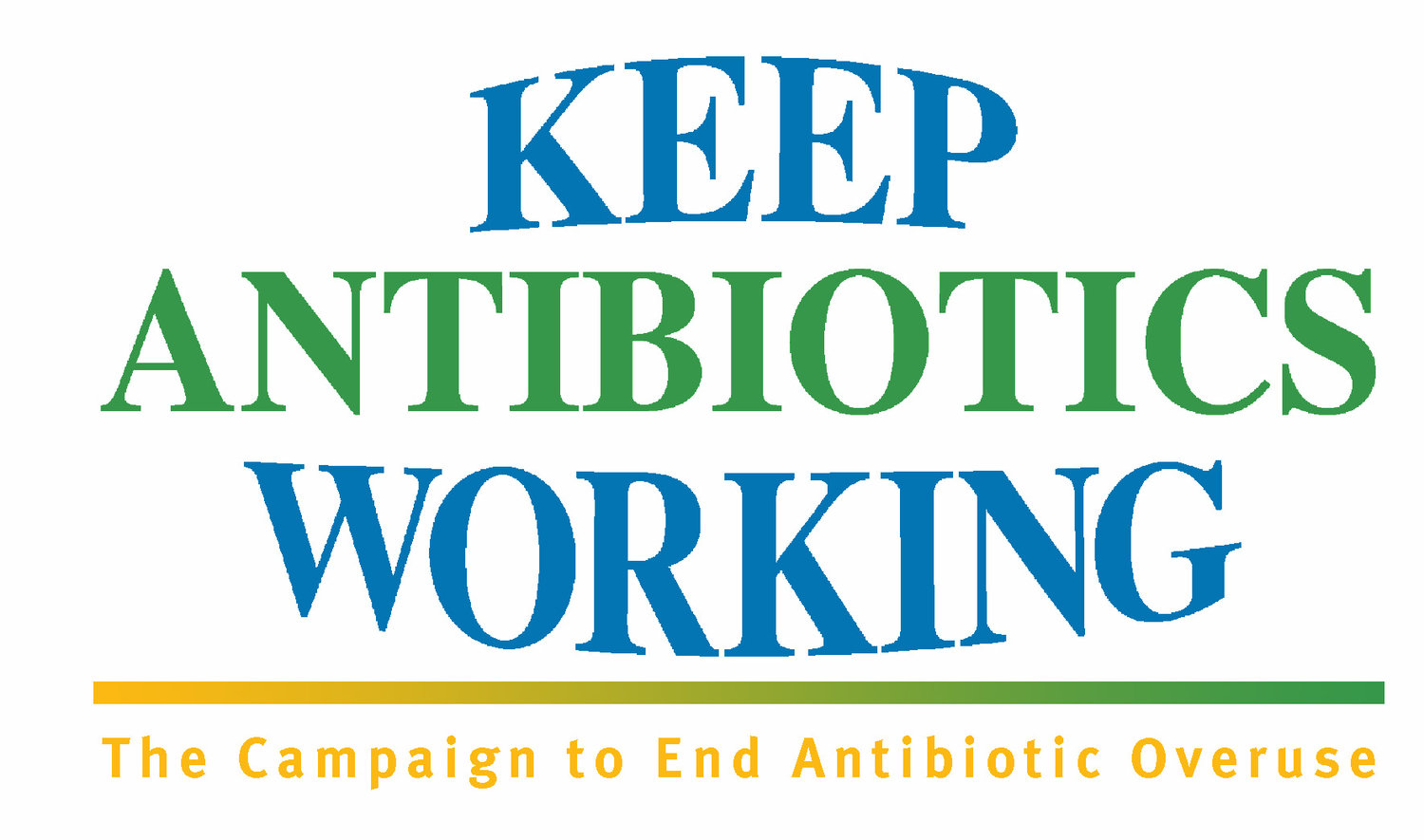Antibiotic Use on Farm is Threatening Our Ability to Fight Pandemics Like COVID-19
MADELEINE KLEVEN, FOOD SAFETY PROGRAM ASSOCIATE, FOOD ANIMAL CONCERNS TRUST
In a matter of months the COVID-19 pandemic has drastically altered our global economy, trade, and most critically our health. Without a reliable vaccine and/or cure, we are left questioning which medications in our arsenal will be effective in not only treating the current organisms plaguing our society, but those to come. Antibiotics, which are rapidly becoming ineffective through overuse in medicine and agriculture, are some of our most prized tools in the fight against infectious disease. While antibiotics don’t work against viruses, they are critical in treating the bacterial co-infections which are a significant cause of morbidity and mortality associated with viral infections, including COVID-19. Unfortunately, many antibiotics no longer work because of the spread of antibiotic resistant superbugs throughout the world. This creates a very dangerous scenario for patients with COVID-19. Antibiotic resistance makes the inevitable bacterial co-infections worse and also increases the risk that these infections will occur in the first place. In addition, antibiotic use is a well recognized risk factor for foodborne illness, especially antibiotic resistant-foodborne illness. Thus patients taking antibiotics for COVID-19 or another infection are at a higher risk of being hospitalized from a foodborne illness and potentially becoming even more sick.
The growing threat of antibiotic resistance in combination with the demand for antibiotics to be used in the pandemic, requires us to assess our use of antibiotics in not only human medicine, but more importantly farming and food production.
Currently, about 73% of all antibiotics used worldwide are used in livestock. With countless animals being subjected to unhygienic, crowded, and unsuitable production environments, cattle, swine, and poultry alike are being afflicted by a broad spectrum of bacterial respiratory and intestinal diseases. As a result, large quantities of antibiotics are being given to food producing animals, contributing to huge increases in antibiotic resistance, and in turn threatening our ability to treat infectious diseases in both animal and human medicine. Researchers from ETH Zurich, the Princeton Environmental Institute (PEI), and the Free University of Brussels recently reported that “the growing appetite for animal protein has resulted in a smorgasbord of antibiotic consumption for livestock that has nearly tripled the occurrence of antibiotic resistance in disease-causing bacteria between 2000 and 2018.” The overuse, abuse, and/or substantial use of antibiotics in livestock has led to a drastic increase in the amount of antibiotic resistant organisms and their antibiotic resistance genes in the environment. These resistance genes can be transferred to humans via food chains, and widely disseminated in the environment via animal wastes. As the pool of antibiotic resistant organisms grows, pandemics such as COVID-19 and its associated secondary infections become even more dangerous. In addition, illnesses related to food sources contaminated with antibiotic resistant bacteria put patients at a higher risk of being hospitalized and unfortunately, this is a terrible time to be in a healthcare setting.
Since the pandemic began, multiple sources, including magazines, newspapers, trade publications, nonprofit organizations, and op-eds have voiced their concern about the overuse of antibiotics. This concern stems from the excessive use of antibiotics during the COVID-19 pandemic. In some of the COVID-19 studies and articles from China, researchers reported that 95 percent of the patients received antibiotics. In other papers between 64% and 100% of patients in various regions have received antibiotics as part of their care. Throughout the world, nearly all serious cases of COVID-19 are being treated with antibiotics, and in the United States, so many patients are receiving azithromycin that there is a shortage of the antibiotic. In an article published in Science, Infectious disease physician Marisa Holubar of Stanford University notes that in “some parts of the United States, 30% to 40% of some common types of bacteria were already resistant to the class of drugs that includes azithromycin, and overuse could render those or other antibiotics even less effective.”
The recent increase in human antibiotic consumption is also concerning because it puts individuals at a greater risk of developing a foodborne illness, especially an antibiotic resistant illness. In an article published by Dr. Barza and colleagues at Carney hospital in Boston, MA, researchers reported that use of antimicrobials causes a decrease in an individual’s ability to resist the colonization of pathogenic bacteria, resulting in an increase the likelihood of developing an infection when exposed to a foodborne pathogen. They go on to say that increased exposure to antimicrobial resistant bacterial organisms further increases the risk of infection in people receiving antibiotics. In other words, antibiotic-resistant bugs, from contaminated food sources or farms preferentially cause illness in people who are taking antibiotics for some unrelated condition. This is very concerning, especially for those already suffering from COVID-19. The last thing these patients need is a gastrointestinal superbug to further tax their immune system and worsen their chances of recovery. Therefore, at a time like this it is even more critical to assess food safety along with our antibiotic usage on farms and in medicine.
The combination of antibiotic use in the food production sector coupled with the need and use of antibiotics in the pandemic illustrates our dependence on functioning antimicrobials. Antibiotic use on farms and especially concentrated animal feeding operations is a problem of epic proportions, fueling the development of antibiotic resistance globally and making the United States a more vulnerable population to not only COVID-19 but inevitable future pandemics. This pandemic is another testament to the critical nature of antibiotics as one of the greatest defenses we have against the wiles of human disease. The 2016 government-commissioned O’Neill Review forecast that if we don’t reduce our use of antibiotics in human and veterinary medicine, antibiotic resistance could cause 10 million deaths a year worldwide by 2050 and exorbitant costs to the global economy. It’s time to change the way we use antibiotics on farms in order to preserve them for the future.
